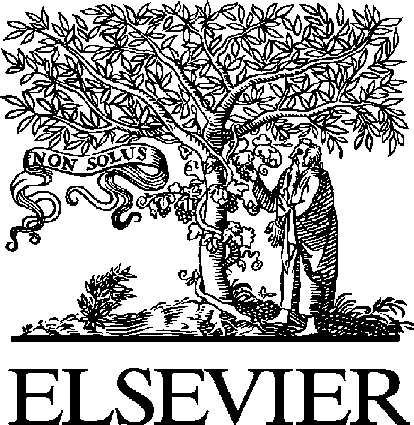Pactest
Pure Appl. Chem., Vol. 72, No. 7, pp. 1289–1304, 2000. © 2000 IUPAC Cleaner industrial processes using hydrogen peroxide* Consultant to Solvay SA, c/o Solvay Interox Ltd., P.O. Box 7, Baronet Works,Warrington WA4 6HB, UK Abstract: Recent research progress in catalytic systems for potential use with hydrogenperoxide in industrial chemical synthesis is reviewed, with special focus on work pu

 What next for rheumatoid arthritis therapy?Simon M Blakeà and Barbara A Swift
Introduction of biological agents for the treatment of the chronic
sis factor (TNF) and interleukin (IL)-1 in the pathogen-
inflammatory joint disease rheumatoid arthritis has reinvigorated
esis of the disease Despite these successes, these
research into this debilitating disease. These agents have
therapies do have their limitations: the potential (in the
been shown to both act on the signs and symptoms of disease,
case of anti-TNF therapy) to increase susceptibility to
as well as retard the progression of joint destruction. However,
infection, especially in those patients with latent tuber-
these agents are not efficacious in all cases and their
culosis ; a limited responder rate and a high cost.
What next for rheumatoid arthritis therapy?Simon M Blakeà and Barbara A Swift
Introduction of biological agents for the treatment of the chronic
sis factor (TNF) and interleukin (IL)-1 in the pathogen-
inflammatory joint disease rheumatoid arthritis has reinvigorated
esis of the disease Despite these successes, these
research into this debilitating disease. These agents have
therapies do have their limitations: the potential (in the
been shown to both act on the signs and symptoms of disease,
case of anti-TNF therapy) to increase susceptibility to
as well as retard the progression of joint destruction. However,
infection, especially in those patients with latent tuber-
these agents are not efficacious in all cases and their
culosis ; a limited responder rate and a high cost.